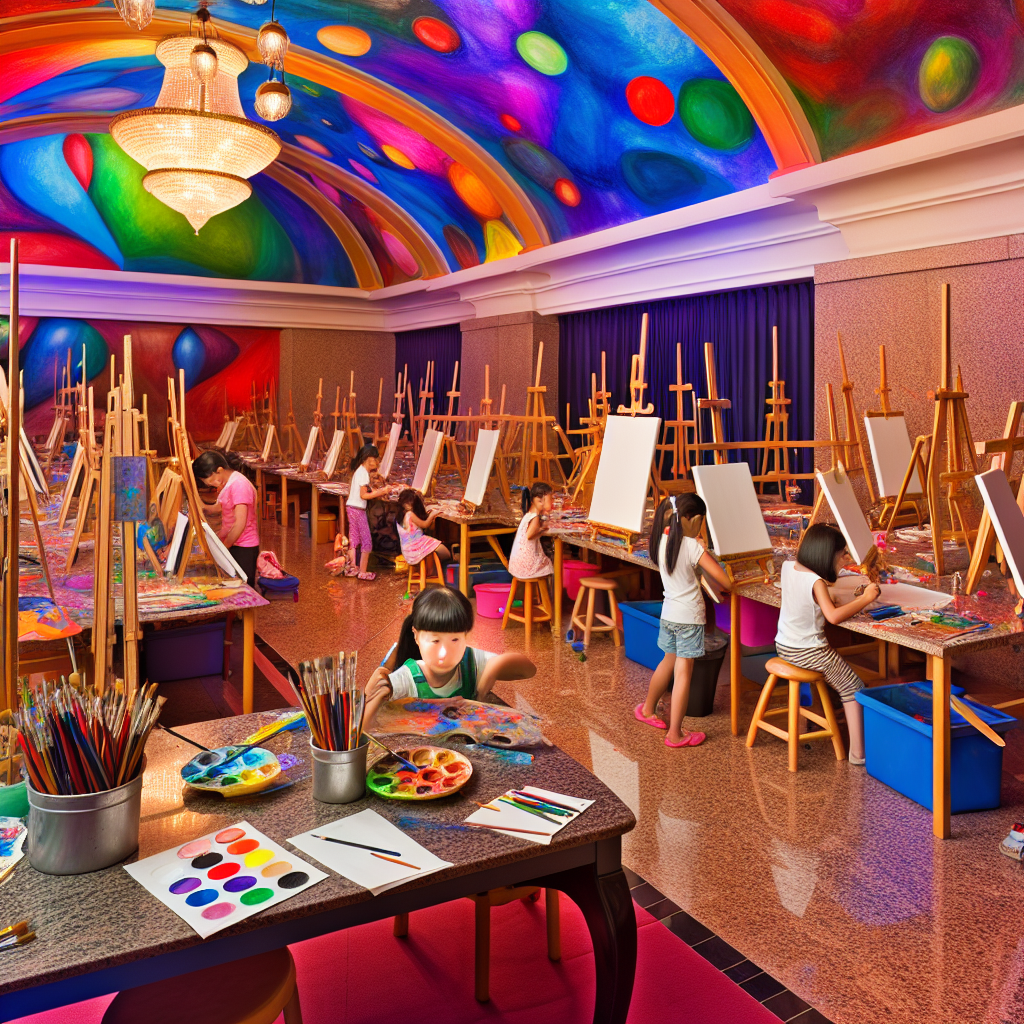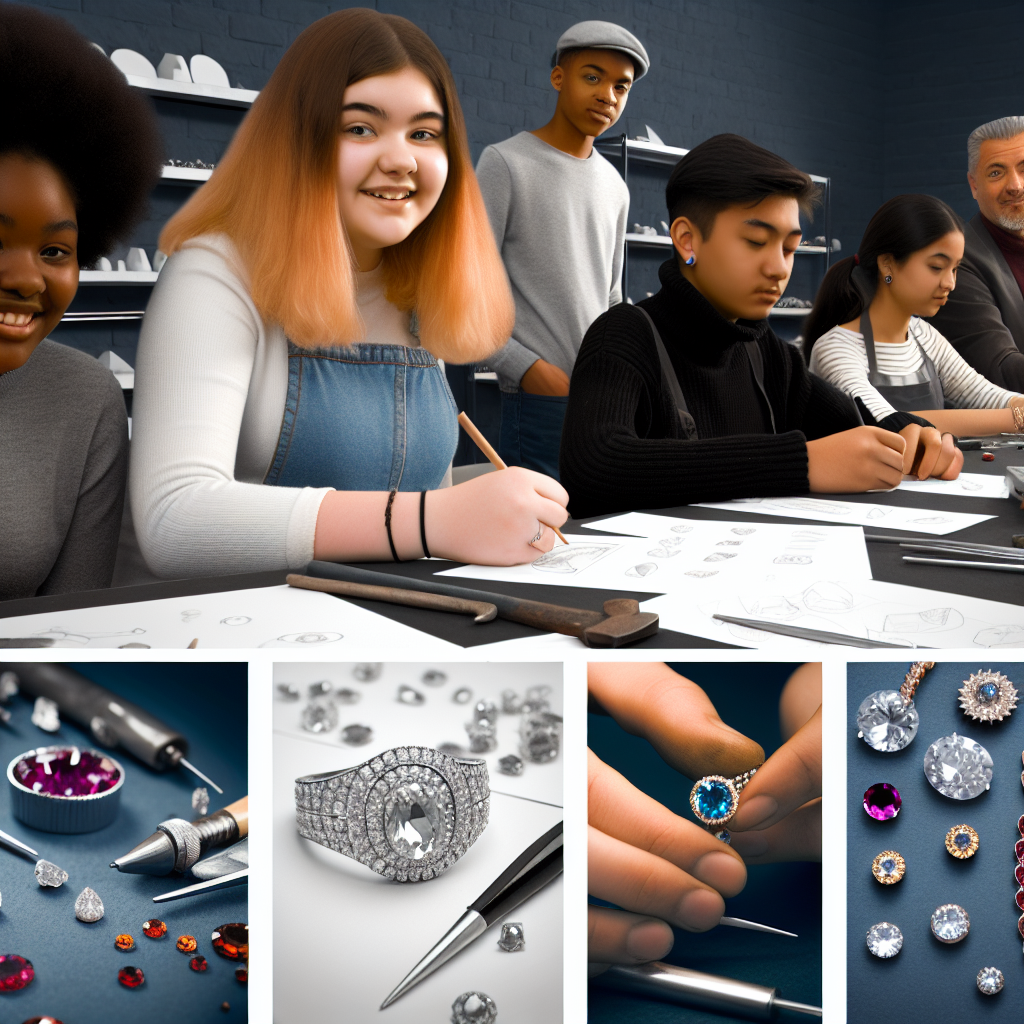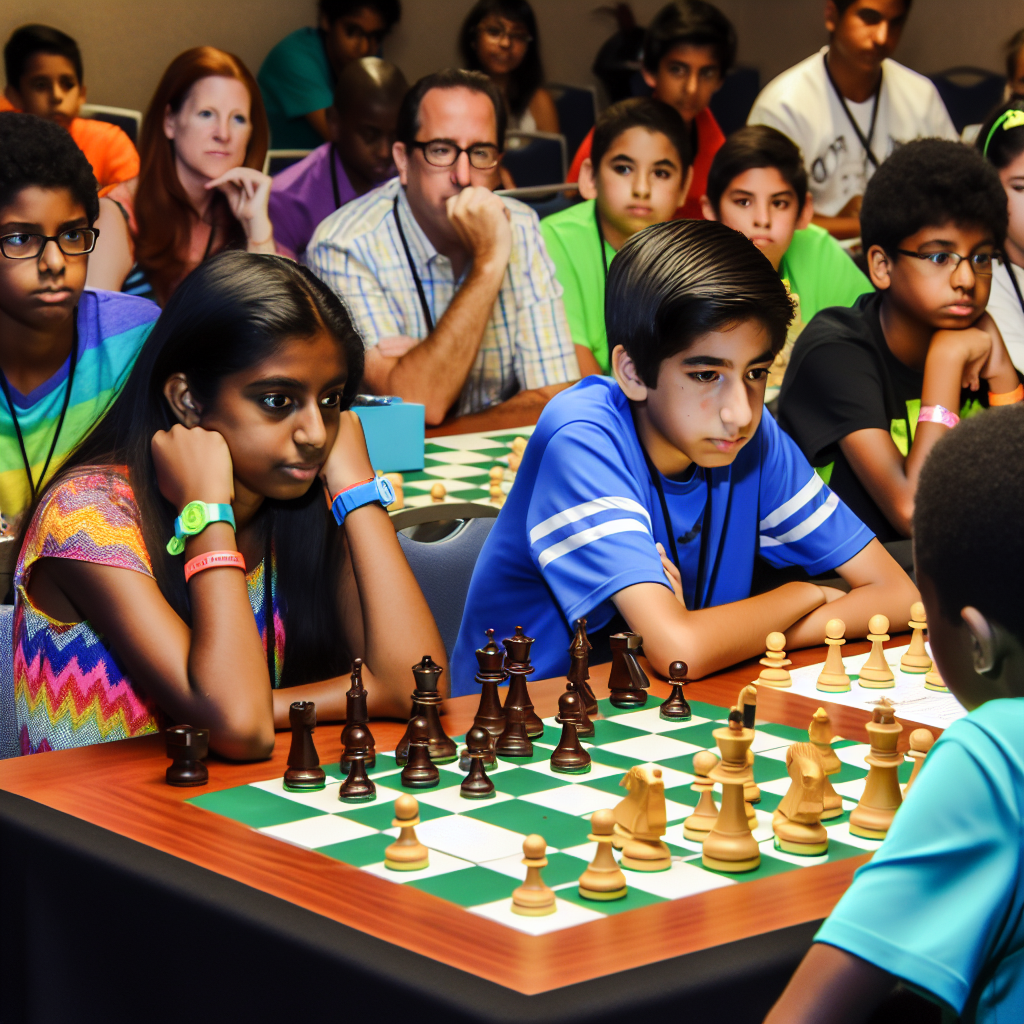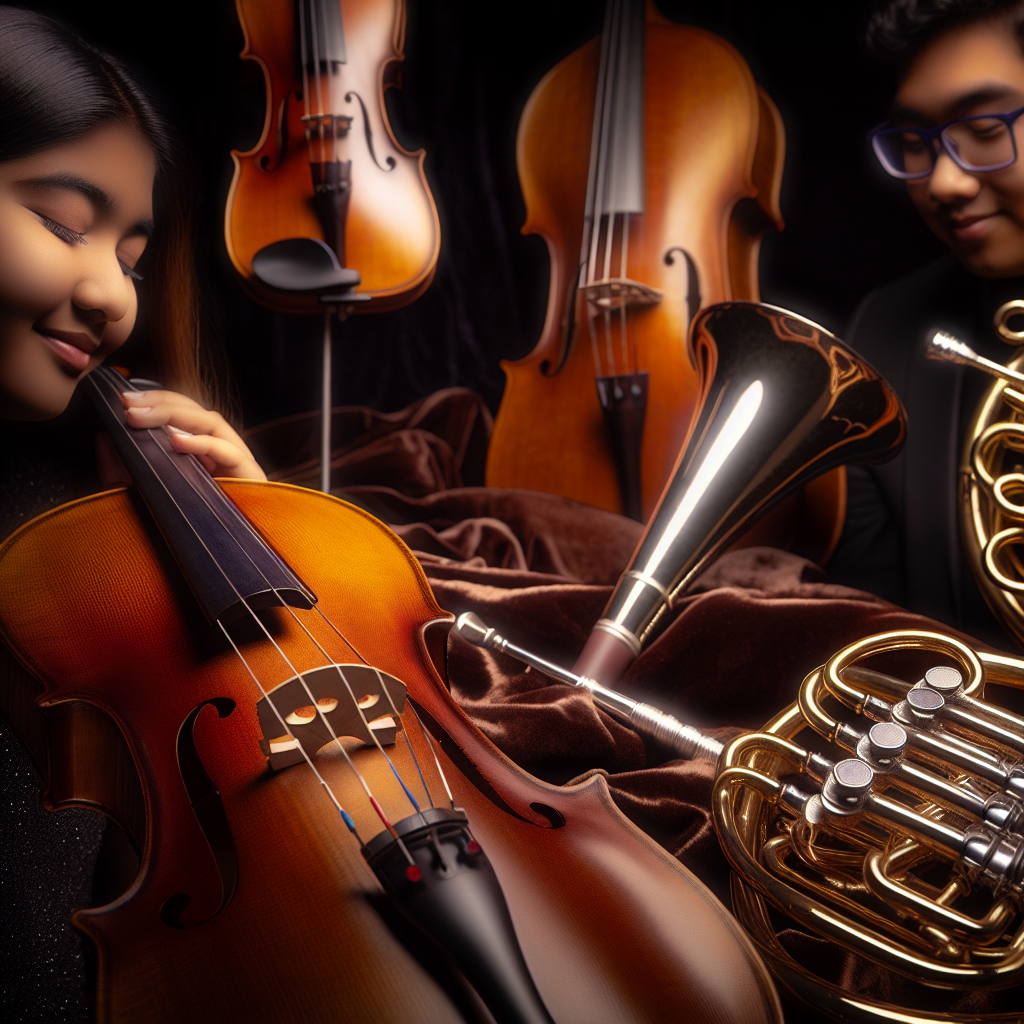Designer Children’s Art Studios: Elite Creative Spaces Explained
Where Imagination Meets Luxury: The Rise of Designer Children’s Art Studios
In the evolving landscape of luxury parenting, nurturing a child’s creativity has climbed the list of educational priorities. For affluent families, artistic expression is no longer reserved for refrigerator doodles—it’s a fundamental part of intellectual and emotional development. As a result, the rise of designer children’s art studios has transformed the concept of art spaces into prestigious, thoughtfully created environments where imagination is treated with the same reverence as mathematics or literature.
These elite creative studios are meticulously crafted using intentional design principles, integrating ergonomic seating, child-scaled architecture, museum-quality lighting, and eco-conscious materials. The goal isn’t just aesthetic—it’s functional. Every brush, easel, and sculpting block is strategically placed to encourage exploration and independent thinking. These studios elevate the experience from craft-time to a legitimate artistic journey, mirroring the ambiance of high-end galleries or contemporary ateliers tailored specifically for young minds.
Parents seeking the utmost in creative enrichment often collaborate with renowned interior designers, child psychologists, and art educators to create bespoke in-home studios or enroll their children in visionary programs like The Little Wing in New York City or the Atelier at Le Petit Écolier in Paris. These curated spaces include child-scaled installations, kinetic sculptures, and curated color schemes rooted in advanced color theory—all designed to optimize emotional well-being and artistic performance.
The rise of such extravagant yet functional art spaces is rooted in a growing understanding that creativity is essential to brain development. These studios reflect a shift toward holistic education, providing children with an edge in critical thinking, innovation, and emotional intelligence. By positioning the arts as a core developmental tool—not a luxury—the designer studio becomes a symbol of strategic parenting in a globally competitive society.
Backed by Science: How Designer Art Studios Boost Brainpower and Emotional IQ
Modern research clearly supports the idea that an enriched environment catalyzes cognitive and emotional development in children. A 2020 study published in Childhood Education states that “learning spaces matter significantly in supporting early childhood creativity and cognitive development.” Designer children’s art studios follow this principle by creating immersive, multisensory experiences that are both stimulating and soothing. From textured walls to the scent of natural materials, every detail contributes to enhanced focus and motivation.
These luxury-oriented studios often adopt the Reggio Emilia approach, emphasizing child-led learning through environment-inspired exploration. A 2022 review in Early Child Development and Care revealed that children in Reggio-inspired spaces demonstrated higher levels of divergent thinking, problem-solving skills, and emotional awareness compared to their peers in traditional classrooms.
Biophilic design principles—involving the use of natural elements such as wood, light, greenery, and earth tones—are a cornerstone of these environments. A 2021 study from the Harvard Graduate School of Education found that well-designed, natural-light-filled spaces significantly improved student motivation, attentional control, and creative problem-solving.
Furthermore, access to professional-quality art supplies like pigment-rich watercolors, mixed-media tools, and digital animation software shifts the dynamic from play to practice. According to The Journal of Creative Behavior, hands-on engagement with superior tools improves technical ability, fine motor skills, and self-confidence in artistic expression.
When children work in spaces designed for both comfort and inspiration, they experience what researchers call “flow”—a mental state where creativity flourishes organically. The ergonomic layout, calming design elements, and availability of high-end materials collectively create a setting where young artists can focus longer, take creative risks, and experience joy while learning.
Not Just Beautiful Spaces – Designer Studios as Parenting’s Creative Power Move
At first glance, these studios may appear to be luxurious indulgences—Pinterest-perfect rooms filled with handcrafted displays and bespoke art furniture. But beneath the surface lies a scientifically supported paradigm: environments matter for young minds. And more than that, investment in such spaces illustrates a future-focused approach to parenting—one that prioritizes well-being, intelligence, and individual potential.
By cultivating creativity in such premium settings, parents equip their children not only with artistic skills but with life skills like critical thinking, innovation, and emotional resilience. In a world increasingly driven by creativity and adaptability, designer art studios are powerful tools for developing the flexible, emotionally intelligent leaders of tomorrow. These spaces act as conduits for expression, critical exploration, and most importantly, joy.
For families navigating the intersection of luxury living and purposeful education, investing in a designer art studio offers more than Instagram-worthy interiors. It’s a calibrated, research-aligned investment in their child’s cognitive capital. It’s parenting with vision.
References
- Childhood Education Journal
- Early Child Development and Care
- Harvard Graduate School of Education
- The Journal of Creative Behavior

Dominic E. is a passionate filmmaker navigating the exciting intersection of art and science. By day, he delves into the complexities of the human body as a full-time medical writer, meticulously translating intricate medical concepts into accessible and engaging narratives. By night, he explores the boundless realm of cinematic storytelling, crafting narratives that evoke emotion and challenge perspectives. Film Student and Full-time Medical Writer for ContentVendor.com




